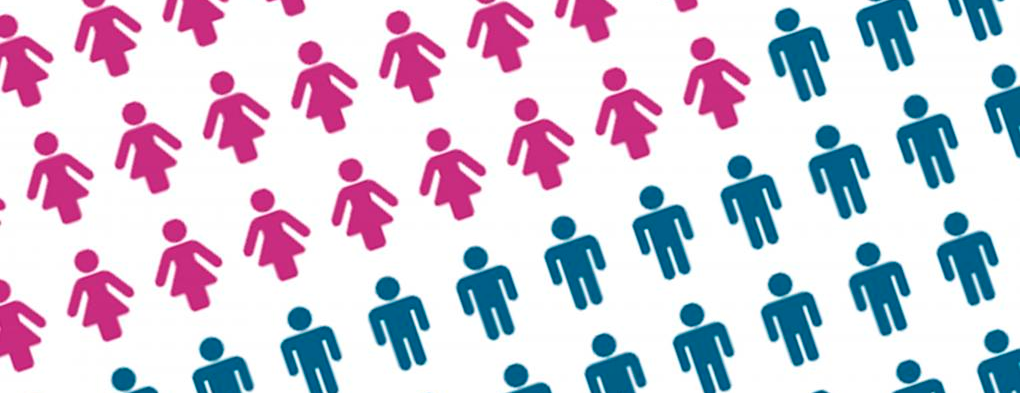
As a step in the Danish Film Institute’s (DFI) diversity efforts, Danish production companies are looking to raise awareness of their own practices. Now, the DFI, in partnership with the Danish Producers Association, is introducing a self-report form, in which film producers will provide information about the gender distribution of their projects, both in front of and behind the camera.
The self-report form was introduced as an optional model starting 1 October, and will first be tested on DFI-funded feature film projects. Based on the results from the test run, the self-report form will be introduced as a requirement for all DFI-funded projects, starting 1 January 2020.
Surprised by her own blind spots
The idea for the self-report form came from Meta Louise Foldager, the producer behind Meta Film and SAM Productions. Two years ago, Foldager introduced statistics about the gender balance of her productions in terms of the crew, dialogue and salaries, and was surprised by her own blind spots.
"I thought I was going to be a pioneer in this field and was shocked to discover that I was actually below average in several respects, including the balance of male and female directors and writers, and the distribution of dialogue and bit parts in my own productions," Foldager says. "That moved me to change things, in my own house.”
Foldager can tell that the documentation exercise has both moved the focus and changed the gender balance of her productions.
"In several instances, it has already compelled me and my colleagues to make choices that have turned out to be creatively rewarding and strengthened the films and shows we make. The heightened awareness has also shown us that this is a difficult process, and we have made some progress from two years ago on why it’s so difficult. But I simply find that we’re getting smarter, and that in turn is potentially making our films and TV series better."

A great tool
Picking up the ball from Foldager, the Producers Association and the DFI developed the self-report form, which is now ready to be tested across the industry. Klaus Hansen, head of the Producers Association, says:
"We in the industry agree that debate and awareness are what it takes to promote diversity in Danish film. We know from those who have test-run the self-report form that it’s an eye-opener and that the figures have an impact on a company’s behaviour the next time they put together a crew for a film. The self-report form is a great tool, both for the individual producer and for the diversity of Danish film."
DFI CEO Claus Ladegaard adds his enthusiastic endorsement for producers to start using the new tool from day one.
"This is a super initiative by the producers," Ladegaard says. "We believe it will effect exactly what we need – increased awareness among the film industry’s leaders. We are encouraging all production companies applying for production funding for feature films to test the model now and report back on their experiences, before we launch it next year across all funding schemes."
How to fill out the self-report form
Until now, producers have submitted the names of the members of their creative team, as well as those of their cast and crew, with their application for DFI funding. In the future, producers must also submit information about:
- The gender distribution of the creative team, as well as that of the cast and crew, on the temporary rosters.
- The salary distribution of the cast and the crew.
- The number of dialogue words spoken by the cast, distributed by gender, based on the final script.
The information will be included under the DFI’s data collection on the gender distribution of supported projects. The submitted data will be stored in accordance with applicable laws.
